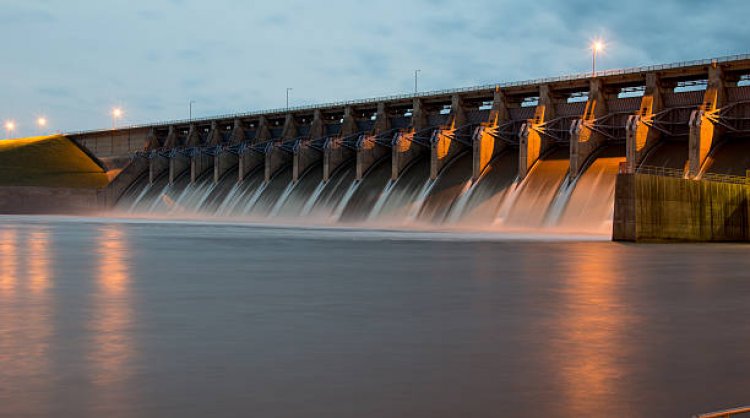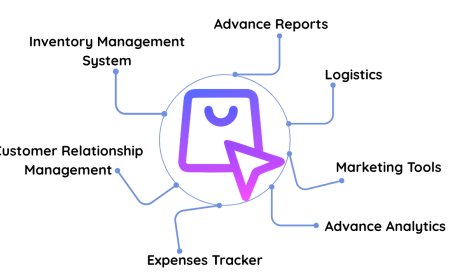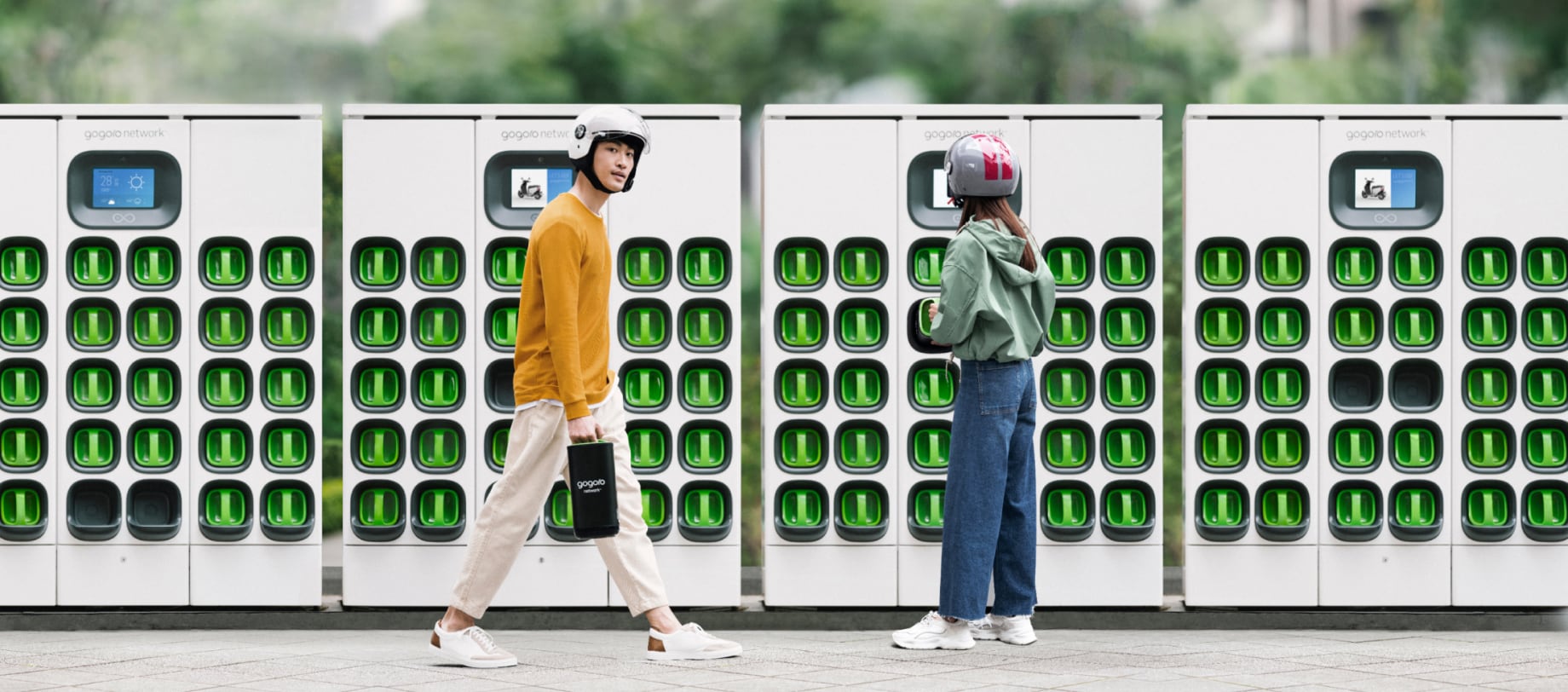Sustainable Hydropower Projects: Harnessing Clean Energy for the Future
Learn about the efforts to make hydropower projects more sustainable, reducing their impact on the environment and preserving our planet for future generations.

Nepal has significant potential for hydropower development, with an estimated 42,000 MW of economically feasible capacity. However, the hydropower industry in Nepal is facing several challenges, including a lack of investment, weak governance, and limited technical capacity. Despite these challenges, hydropower remains a critical component of Nepal's energy mix and has significant potential to contribute to the country's economic growth and energy security. The development of hydropower must be done in a sustainable manner, taking into account the environment, local communities, and economic benefits. This article will provide an overview of the importance of sustainability in hydropower projects, the environmental and social implications of hydropower projects, best practices for sustainable hydropower development, challenges in the hydropower industry, and the future outlook for sustainable hydropower in Nepal.
Importance of Sustainability in Hydropower Projects
Sustainability is critical to the long-term success of hydropower projects, and it is essential to ensure that these projects are developed in an environmentally and socially responsible manner. There are several reasons why sustainability is important in hydropower projects:
-
Environmental impact
Hydropower projects can have significant environmental impacts, including changes to water flow, water quality, and habitat loss. By focusing on sustainability, hydropower projects can minimize these impacts and ensure that they are developed in an environmentally responsible manner. -
Social implications
Hydropower projects can also have social implications, including the displacement of local communities and the loss of traditional livelihoods. By promoting sustainability, hydropower projects can minimize these social impacts and ensure that they benefit local communities. -
Long-term viability
Sustainability is critical to the long-term viability of hydropower projects. Projects that are not developed in a sustainable manner may face significant challenges in the future, including opposition from local communities, regulatory restrictions, and economic constraints. -
Economic benefits
Sustainability can also help to maximize the economic benefits of hydropower projects. By promoting sustainability, hydropower projects can attract investment, build capacity, and create long-term value for all stakeholders.
Environmental Impact of Hydropower Development in Nepal
Hydropower development can have significant environmental impacts, and it is important to understand these impacts in order to develop hydropower projects in an environmentally responsible manner. Some of the key environmental impacts of hydropower development in Nepal include:
-
Changes to water flow
Hydropower projects can cause changes to water flow, which can have a significant impact on aquatic habitats and downstream communities. For example, hydropower dams can alter water flow patterns, reducing water quality and affecting the survival of fish and other aquatic species. -
Habitat loss
Hydropower projects can also cause habitat loss, as the construction of dams and reservoirs can result in the displacement of wildlife and vegetation. For example, the creation of hydropower reservoirs can result in the loss of forest and wetland habitats, which are critical to many species of wildlife. -
Water quality
Hydropower development can also affect water quality, as the construction of dams and reservoirs can result in the release of sediments and other pollutants into rivers and streams. This can have significant impacts on water quality, affecting aquatic life and human health. -
Climate change
Hydropower development can also contribute to climate change, as the construction of dams and reservoirs can result in the release of greenhouse gases such as methane.
Social and Cultural Implications of Hydropower Projects
Hydropower projects can have significant social and cultural implications, and it is important to consider these implications when developing hydropower projects. Some of the key social and cultural implications of hydropower projects include:
-
Displacement of communities
Hydropower projects can result in the displacement of local communities, as the construction of dams and reservoirs can require the relocation of people and their homes. This can have significant social impacts, including the loss of traditional livelihoods, cultural heritage, and community cohesion. -
Loss of traditional livelihoods
Hydropower projects can also result in the loss of traditional livelihoods, as the construction of dams and reservoirs can affect fishing and agriculture in the surrounding areas. This can have significant economic impacts on local communities, as well as cultural impacts, as these livelihoods may be critical to the cultural identity of communities. -
Cultural heritage
Hydropower projects can also have implications for cultural heritage, as the construction of dams and reservoirs can result in the loss of important cultural sites, such as temples and monuments. -
Community involvement
Hydropower projects can also have implications for community involvement, as the development of hydropower projects can affect the decision-making process of communities. By ensuring that communities have a say in the development of hydropower projects, the social and cultural implications of these projects can be minimized.
Best Practices for Sustainable Hydropower Development
In order to ensure that hydropower development is sustainable, it is important to follow the best practices for sustainable hydropower development. Some of the key best practices for sustainable hydropower development include the following:
-
Environmental impact assessments
Hydropower projects should be subject to thorough environmental impact assessments, which consider the potential impacts of the project on the environment, including water flow patterns, habitat loss, water quality, and greenhouse gas emissions. -
Community involvement
Hydropower projects should involve communities in the development process, ensuring that communities have a say in the decision-making process and the impacts of the project on their lives and livelihoods. -
Sustainable design
Hydropower projects should be designed in a sustainable manner, taking into account the potential impacts of the project on the environment, including water flow patterns, habitat loss, water quality, and greenhouse gas emissions. -
Transparency and accountability
Hydropower projects should be transparent and accountable, with clear processes for decision-making, consultation, and community involvement. -
Monitoring and evaluation
Hydropower projects should be subject to ongoing monitoring and evaluation, in order to ensure that they are meeting their objectives and providing long-term benefits for the environment and communities.
Government Policies and Regulations for Hydropower Development in Nepal
Government policies and regulations play a critical role in ensuring that hydropower development in Nepal is sustainable. Some of the key government policies and regulations for hydropower development in Nepal include:
-
Environmental regulations
Nepal has a number of environmental regulations in place to ensure that hydropower development is sustainable, including regulations on environmental impact assessments, water quality, and greenhouse gas emissions. -
Community involvement
Nepal has policies in place to ensure that communities are involved in the decision-making process for hydropower projects, including consultation processes and community involvement in the planning and implementation of hydropower projects. -
Transparency and accountability
Nepal has policies in place to ensure that hydropower development is transparent and accountable, including regulations on decision-making processes, consultation, and community involvement. -
Monitoring and evaluation
Nepal has policies in place to ensure that hydropower projects are subject to ongoing monitoring and evaluation, including regulations on the collection and dissemination of data on the impacts of hydropower projects.
Collaboration Between Stakeholders for Sustainable Hydropower Solutions
Collaboration between stakeholders is critical in ensuring that sustainable hydropower solutions are developed in Nepal. Some of the key benefits of collaboration between stakeholders in the hydropower industry include:
-
Sharing of expertise and knowledge
Collaboration between stakeholders in the hydropower industry allows for the sharing of expertise and knowledge, leading to better decision-making and the development of more sustainable hydropower solutions. -
Integration of multiple perspectives
Collaboration between stakeholders allows for the integration of multiple perspectives, including the perspectives of communities, environmental groups, and government agencies, leading to more sustainable and equitable solutions. -
Improved decision-making
Collaboration between stakeholders leads to improved decision-making, as stakeholders can share information and perspectives, and arrive at solutions that are in the best interests of all parties. -
Increased transparency and accountability
Collaboration between stakeholders increases transparency and accountability in the hydropower industry, as stakeholders can share information and perspectives and hold each other accountable for their actions.
Challenges of Hydropower Industry in Nepal
The hydropower industry in Nepal faces a number of challenges that need to be addressed in order to ensure its sustainability. Some of the key challenges faced by the hydropower industry in Nepal include:
-
Environmental impact
Hydropower projects can have significant environmental impacts, such as loss of biodiversity and destruction of habitats, which need to be addressed in order to ensure the sustainability of the hydropower industry in Nepal. -
Community displacement
Hydropower projects can result in the displacement of local communities, which can have negative social and cultural implications for these communities. -
Lack of government policies and regulations
The lack of government policies and regulations for hydropower development in Nepal can result in a lack of transparency and accountability in the hydropower industry, leading to negative social and environmental impacts. -
Limited public involvement
Limited public involvement in the hydropower industry in Nepal can result in a lack of transparency and accountability, as well as a lack of community buy-in for hydropower projects. -
Competition for resources
Competition for resources, such as water and land, between different hydropower projects can result in conflicts and negative impacts on the environment and local communities.
Future Outlook for Sustainable Hydropower in Nepal
The future outlook for sustainable hydropower in Nepal is positive, but there are still challenges that need to be addressed. Some of the key points to consider for the future outlook of sustainable hydropower in Nepal include:
-
Growing demand for energy
With a growing population and increasing demand for energy, there is a need for sustainable hydropower solutions that can meet this demand in a sustainable and equitable manner. -
Investment in renewable energy
The Nepalese government has made a commitment to increasing investment in renewable energy, including hydropower, which will help to ensure that the future outlook for sustainable hydropower in Nepal is positive. -
Adoption of best practices
The adoption of best practices in hydropower development, such as community involvement, transparency, and monitoring and evaluation, will help to ensure that the future outlook for sustainable hydropower in Nepal is positive. -
Improved collaboration between stakeholders
Improved collaboration between stakeholders, including communities, government agencies, and the private sector, will help to ensure that sustainable hydropower solutions are developed that meet the needs of all parties.
In conclusion, the future of hydropower in Nepal is promising, with the potential to play a significant role in the country's energy mix and economic growth. The government of Nepal is committed to promoting sustainable hydropower development, and there are increasing efforts to promote environmentally and socially responsible hydropower development. However, significant challenges remain, including attracting investment, building capacity, and ensuring effective governance. Collaboration between stakeholders will be critical in ensuring that hydropower development in Nepal is sustainable and provides long-term benefits for all stakeholders. With the right approach, hydropower has the potential to play a key role in powering Nepal's future and helping to create a more sustainable energy future. By promoting sustainable hydropower development, Nepal can take a significant step forward in creating a more sustainable energy future that benefits all stakeholders.
What's Your Reaction?


































































































